Toyota Celebrates 20 Years of Tundra, But the Truck Doesn't Change and Neither Does Its Marketplace Performance
With remarkable consistency, Toyota has sold over 2.2 million Tundra pickups over the truck’s 20-year history.
Toyota began building the first-generation Tundra in Indiana in May 1999; the truck went on sale 20 years ago this summer. Not surprisingly, Toyota’s celebratory words as the Tundra turns 20 relate in large part to longevity: a million-mile ‘07 Tundra; an ‘18 driven repeatedly through a forest fire on rescue missions.
It’s not as though Toyota is going to flaunt any newfangled technology or headline-grabbing capabilities. The Tundra is basically the same truck it’s been since production of the second-gen Tundra began in Texas in 2007.
Just as the truck fails to evolve, so too does its sales performance: the Tundra just keeps on selling.
Granted, Tundra volume is a pittance compared to the volume produced by Detroit brands. The best-selling Ford F-Series typically produces in excess of seven times the Tundra’s volume in the United States. Or you could think of it this way: Combined, the F-Series, FCA’s Ram, and GM’s Silverado and Sierra produced 2,251,445 sales in calendar year 2018 — marginally more than the Tundra has managed during its entire lifespan. This means the Tundra is left to basically fight for scraps; Detroit’s quartet owns 93 percent of the full-size market.
Yet the Tundra, soon entering its second generation’s 14th model year, is tracking toward what could be a 10-year U.S. sales high. 2019 is certain to be the eighth consecutive year in which the Tundra has sold in six figures. In fact, the consistency is almost eerie.
Toyota averaged 114,537 annual sales between 2012 and 2018; never straying any more than 4 percent higher than that average; never falling more than 11 percent below that average. At its current 2019 pace, Toyota will sell between 118,000 and 119,000 Tundras this year, just as the brand did in three of the last five years. The Tundra’s market share in America’s full-size pickup truck category has not fallen below 4.9 percent since 2004 and has not risen beyond 7.0 percent since 2008.
Only in 2007 and 2008, the first two years in which the Tundra was a properly full-size truck with an appropriately high-displacement V8 engine, did the Tundra ever report out-of-the-ordinary results. Nearly 9 percent of the full-size trucks sold in America in 2007 and 2008 were Tundras. 333,804 Tundras were sold during that 24-month period. The Tundra’s 2007 explosion – year-over-year volume jumped 58 percent to 196,555 – came during a year in which its Detroit competitors took a 7-percent hit.
Aside from that brief outlier, the bizarre degree of Tundra consistency wouldn’t be so eye-catching were it not for the truck’s relative antiquity. The Tundra’s cicada-like gestation is decidedly out of step with the modern pickup truck world.
Since the second Tundra’s launch, Ford has released all-new F150s twice, not to mention the steady powertrain upgrades that Ford unveils year after year after year. The arrival of new General Motors pickups in 2007 loosely coincided with the second-gen Tundra’s entrance, but GM then launched new full-size trucks in 2014 and again for 2019. Likewise, Ram has released two all-new pickup iterations since the current Tundra came into existence.
Nevertheless, despite appalling fuel economy (owners on Fuelly average less than 15 miles per gallon), max. towing capacities that don’t come close to measuring up to the class leader, a dearth of configurations, cumbersome ride and handling, disappointing IIHS crash test results, and comical engine noise, the Tundra just keeps on ticking.
At the heart of its appeal is a reputation based on that very element: Tundras do keep on going, and going, and going. In 2019 Best Retained Value, for example, the Tundra is tops in its category. This has worked wonders for residuals – Edmunds honored the Tundra with its 2019 Best Retained Value award for full-size trucks.
2020, however, is likely to be the second-generation Tundra’s 14th and final year. It’s finally time for the Tundra to change, although its inability to conquer great swathes of the full-size pickup truck market will presumably stay true to form.
[Images: Toyota]
Timothy Cain is a contributing analyst at The Truth About Cars and Driving.ca and the founder and former editor of GoodCarBadCar.net. Follow on Twitter @timcaincars and Instagram.
More by Timothy Cain
Latest Car Reviews
Read moreLatest Product Reviews
Read moreRecent Comments
- Daniel J I generally love colors outside of the normal white, black, or silver. The biggest issue we've had is Mazda tends not to put the colors we want with the trim or interior we want.
- Daniel J If you believe what Elon says, he said on X that the plan is expand at current locations and make sure that the current chargers are being maintained. Like I said on the previous thread on this, they probably looked at the numbers and realized that new chargers in new places aren't cost effective.
- Daniel J How is this different than a fully lifted truck? I see trucks rolling off the lot with the back lifted already, and then folks get the front lifted to match. Are there specific "metrics" at how high they can and can't be? The example shown has the truck's front lifted more than normal, but I've seen these around here where the backend is dropped and the front end is at a regular height.
- Theflyersfan I think color is FINALLY starting to return to car lots. After what seems like over a lost decade of nothing but shades of gray, whites, and black, I'm seeing a lot more reds and blues creeping into luxury car lots. Except Audi and Volvo. They still have at least 6-8 shades of gray/silver. But they at least have a nice green. Honda and Acura seem to have a bunch of new colors. And all carmakers need to take a serious look at the shades of red seen at the Alfa Romeo lot and tell themselves they want that because that looks amazing.
- Bd2 Well, it's no Sonata, nor does it have the panache of the Optima.



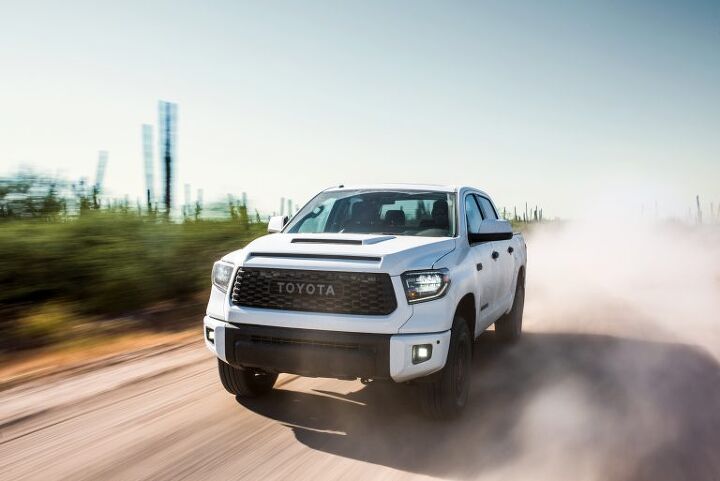















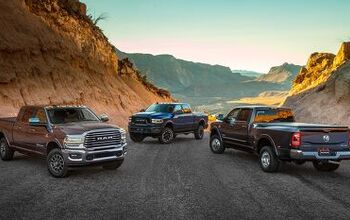

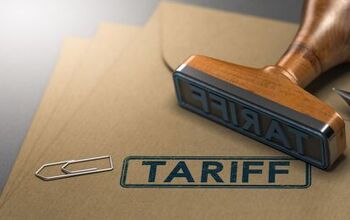
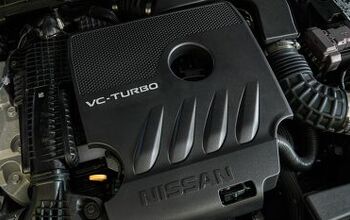


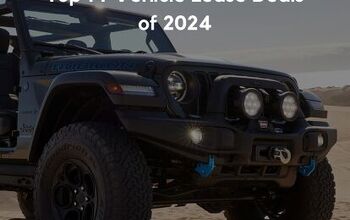

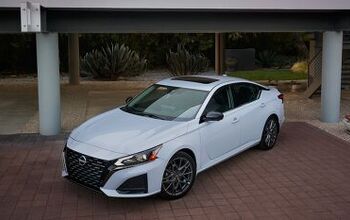

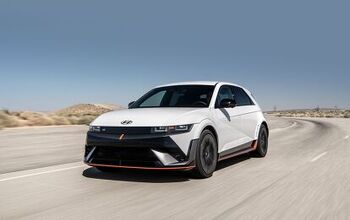
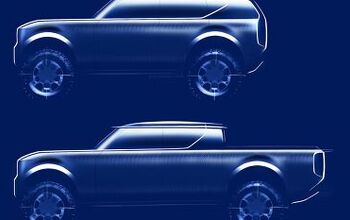


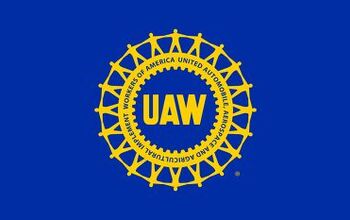
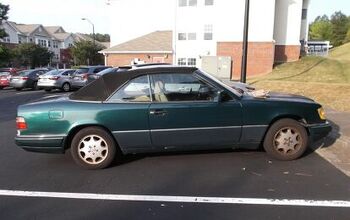
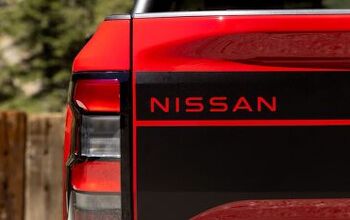
Comments
Join the conversation
Oil changes etc were done on time by the dealer, so we can't blame poor maintenance. That also doesn't account for the cracked manifold, multiple transmission leaks, faulty airbags and defective switches. Individual experiences will always vary and some people will have good results with a D3 truck. An interesting question - for those like myself that have a bad experience with a particular vehicle, how long does it take before you will trust that manufacturer again?
I was a big fan of the first gen Tundra. I sold a '93 F150 Extended cab w/ 5.8l V8 for the new Tundra in '00. The more miles I put on the Tundra, the better I liked it. At 220K I sold it and bought a new 2007 Tundra. I didn't like the bigger truck as much. I put about 40K a year on each truck either towing a 7x14 enclosed dual axle trailer or with the bed full. I was mostly interested in the newer truck for the added power and braking, neither of which really made it worth the trade to the bigger, heavier truck. I also had a 4 door F350 powerstroke work truck at my disposal for when I had to pull horse trailers or other overweight loads. But that truck was just too big for me to drive everyday, yet it is dwarfed by today's trucks. If I had to buy a truck today, the Tundra would still be in the running, but I would also seriously consider any of the D3. The fact that the Tundra is as old as it is, and my biggest complaint is the interior, is telling.